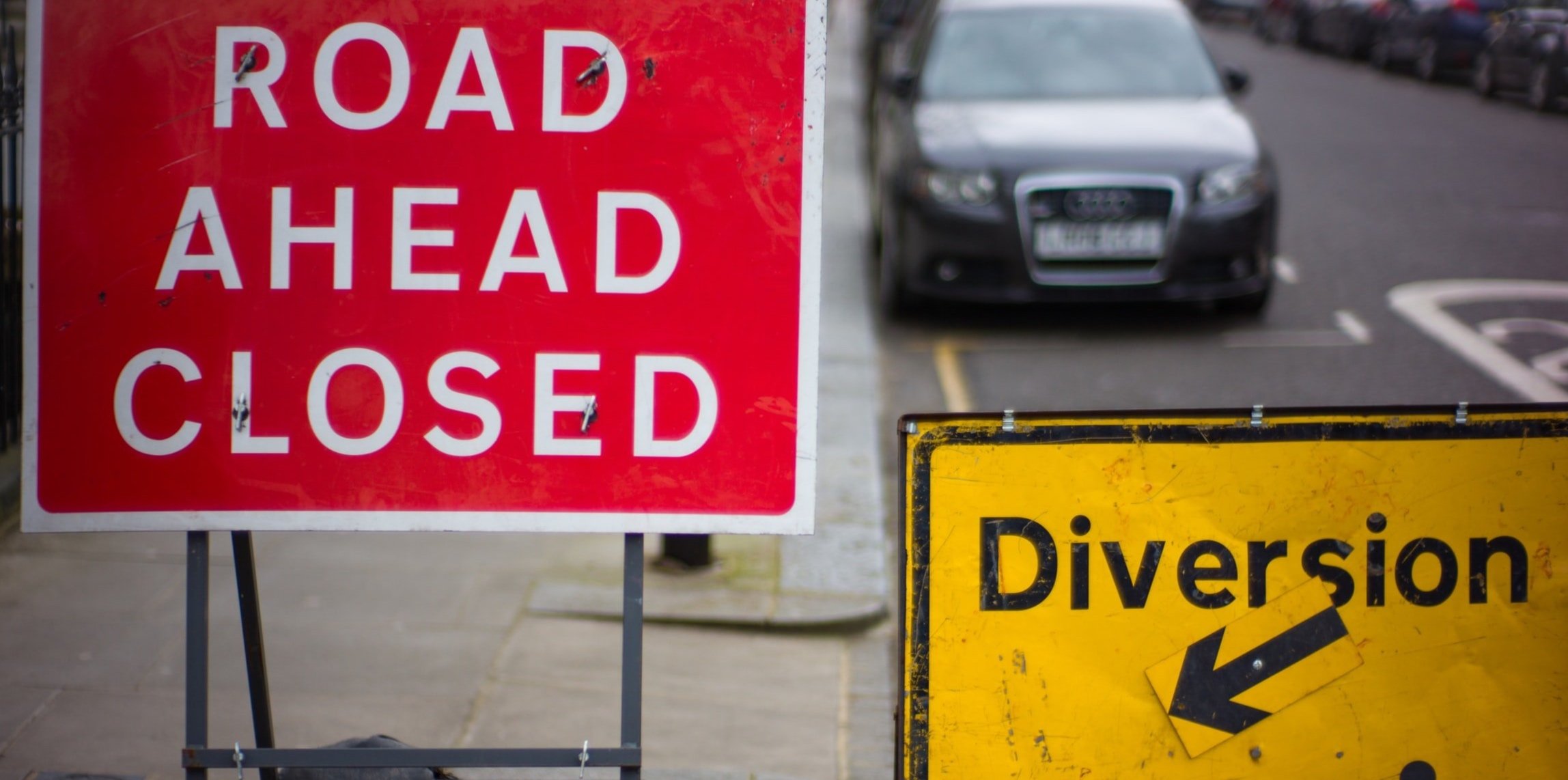
What about the other 80%?
Culp, M. E., & Clauhs, M. (2020). Factors that affect participation in secondary school music: Reducing barriers and increasing access. Music Educators Journal, 106(4), 43–49. https://doi.org/10.1177%2F0027432120918293This article describes barriers that may explain why instrumental music program membership is underrepresented when compared to whole school student populations. The authors offer some considerations for addressing those barriers, and how we may move forward to be more inclusive.
-
A Hard Look at Ourselves: We’ve built it, but they aren’t coming.
Culp & Clauhs’ publication asks secondary school music teachers: who are the students that aren’t in band? Many of our students have general music in elementary school, but something happens by the time those students get to high school - the percentage of students enrolled in traditional instrumental music classes is much lower - maybe 10-20%
-
Where are we losing them, and what can we do?
The authors suggest the following reasons why secondary music programs lose support:
Instrumental music can be expensive - therefore areas with lower Socio-Economic Status (SES) may see declining participation
Waning parental support for “non-core” curricula
Traditional repertoire may not excite the average student
Scheduling can be problematic when music classes compete with other AP or core curriculum offerings
The authors also suggest some practical solutions such as:
Encouraging more parental involvement (advocacy)
Creative scheduling where music teachers take on FEWER students at a time
Seeking repertoire which better represents young students’ musical tastes and identity.
-
So What?
School band ain’t what it used to be!
“The music selected as part of the curriculum may be offputting to students - particularly when they have musical preferences beyond the canon of traditional school band, orchestral, and choral music” p. 46.
The problem here may be that students need more spaces where they can see themselves in the school repertoire. In what ways might students’ identities be present in our curriculum? Perhaps now is the time to begin to develop more offerings in alternative ensembles such as Mariachi, African Drumming, Steelpan, and/or Popular music. We should be looking at that 80% and designing curriculum with “music from and for all people” p. 46
-
Mike's Riff
This doesn’t mean we stop teaching Holst, Grainger, Mozart, etc.
HOWEVER, we should be more intentional about how we attract the other 80% who are NOT in our rooms - what can we offer them to get them excited about playing instrumental music together?